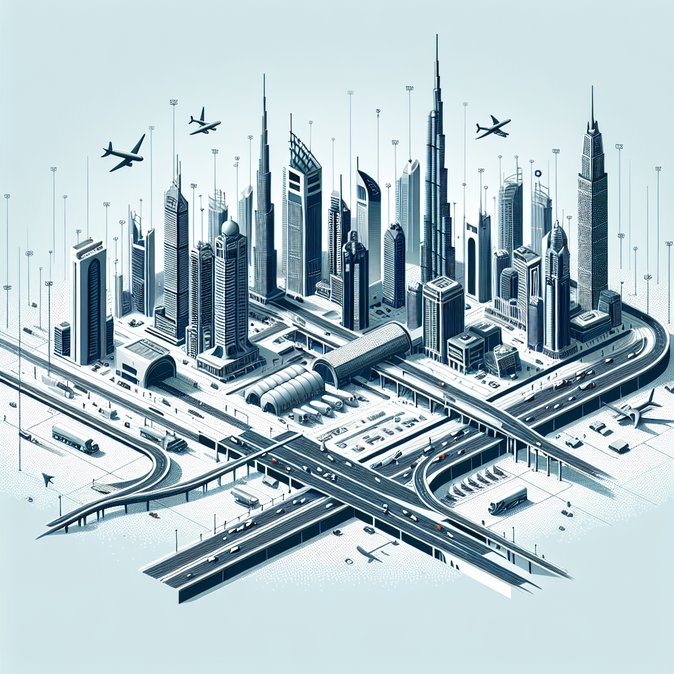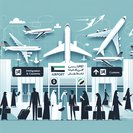
The UAE Ministry of Interior on 11 November kicked off ‘Union Shield 25’, a three-day security and emergency-response exercise spanning all seven emirates. Convoys of police, civil-defence and military vehicles, as well as helicopter sorties, have been visible around major highways and airport perimeters, prompting periodic road closures until the drill ends early on 14 November.
Authorities have banned photography of the manoeuvres and warned that violations could incur cyber-crime fines up to AED 50,000. Dubai Airports and Etihad Airways have issued separate advisories asking passengers to allow extra travel time to DXB and AUH and to consider the Metro or off-peak airport transfers. Ground-handling providers report normal flight schedules but slower landside crew access during convoy movements.
![Nationwide security drill causes intermittent travel and traffic delays across UAE]()
For corporate mobility teams the drill’s timing is critical: it overlaps with a busy business-travel window ahead of the Dubai Airshow. Travel managers should build additional buffers into itineraries and monitor official social-media feeds for real-time diversions. Logistics firms moving high-value shipments by road are being encouraged to reroute via the Emirates Road when Sheikh Mohammed bin Zayed Road experiences rolling closures.
Beyond short-term inconvenience, the exercise is a reminder of the UAE’s emphasis on rapid inter-agency coordination. Officials say the same AI-driven incident-management tools used in the drill could one day accelerate immigration-hall evacuations or bio-screening in an actual crisis, indirectly benefiting traveller safety. Normal mobility conditions are expected to resume before morning rush hour on 14 November.
Authorities have banned photography of the manoeuvres and warned that violations could incur cyber-crime fines up to AED 50,000. Dubai Airports and Etihad Airways have issued separate advisories asking passengers to allow extra travel time to DXB and AUH and to consider the Metro or off-peak airport transfers. Ground-handling providers report normal flight schedules but slower landside crew access during convoy movements.

For corporate mobility teams the drill’s timing is critical: it overlaps with a busy business-travel window ahead of the Dubai Airshow. Travel managers should build additional buffers into itineraries and monitor official social-media feeds for real-time diversions. Logistics firms moving high-value shipments by road are being encouraged to reroute via the Emirates Road when Sheikh Mohammed bin Zayed Road experiences rolling closures.
Beyond short-term inconvenience, the exercise is a reminder of the UAE’s emphasis on rapid inter-agency coordination. Officials say the same AI-driven incident-management tools used in the drill could one day accelerate immigration-hall evacuations or bio-screening in an actual crisis, indirectly benefiting traveller safety. Normal mobility conditions are expected to resume before morning rush hour on 14 November.









